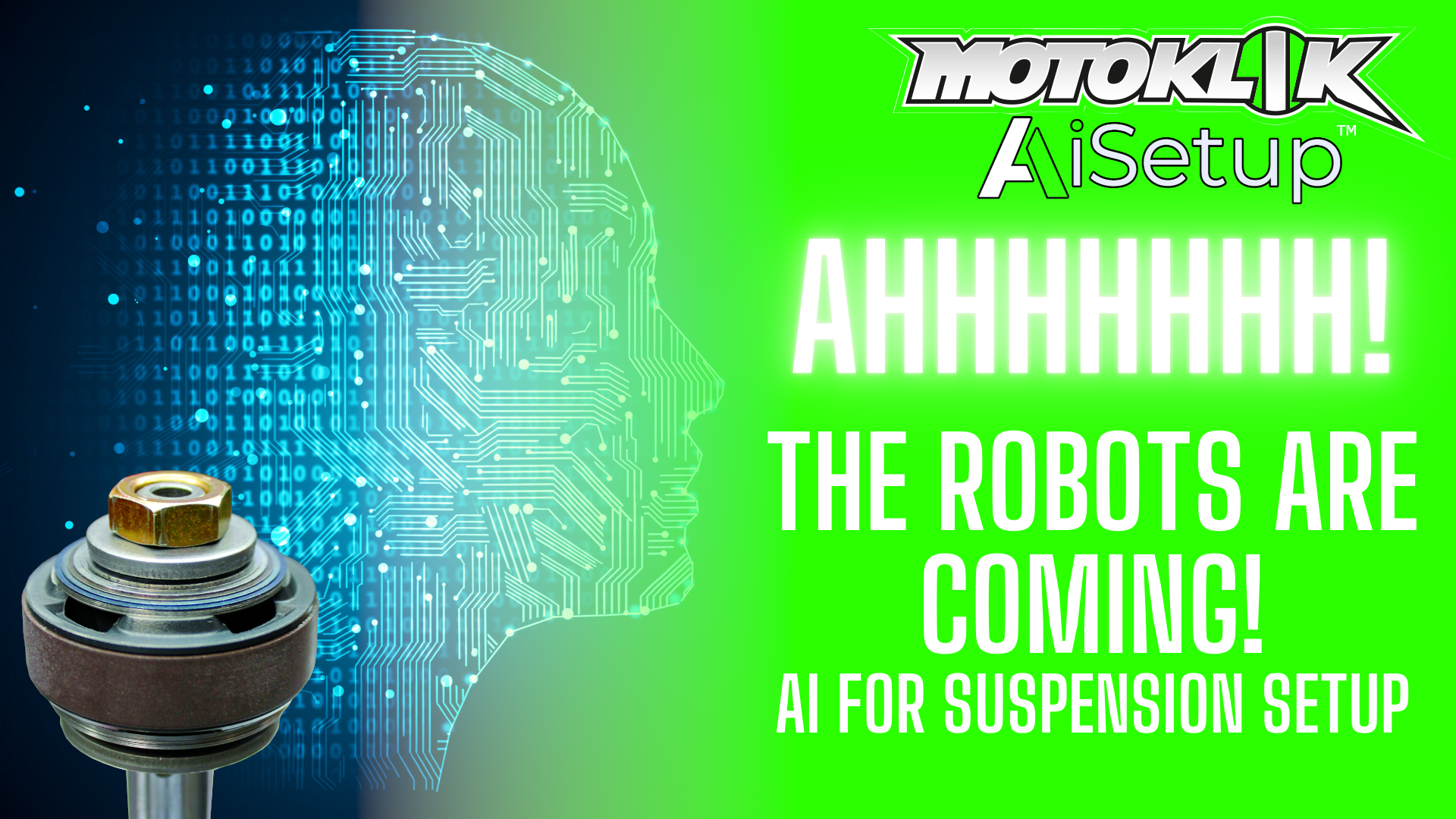When the Jacquard loom of 1801 was introduced to factories in France, it was met with public outcries of opposition where “People smashed the machines” and even “killed textile mill owners”. While the measures the protestors went to were extreme, their thought process had some basis: “this bloody machine is putting me out of work!”. This loom, alongside the steam engine and carbon steel formed the building blocks of the industrial revolution and the world had access to more items at a lower cost than ever before.
In todays world with all of the advances we have in technology, we have more people working better jobs, and with better health, than ever before. So, what should we do when a new technology comes along that challenges the status quo?
Artificial Intelligence (AI) is making us look at the Jacquard loom all over again. When the words “Chat GPT” first appeared in the news, there was a lot of speculation on how many people would lose their jobs as a result, and how terminator was now real and our civilisation is doomed to extinction when the robots take over. But, what is AI?
The best definition I have come across is from IBM’s, Jeff Crume. Jeff states that “AI is basically exceeding or matching the capabilities of a human”. That’s it. No robot takeover, no subjugation of humans, just the ability of a machine or software to match the capability of a human.
A practical example of this is determining the price of a car. When we see a 4 door saloon (sedan) car with an Audi or Ford badge of a certain year, we can have a rough guess as to what the price of the car is. If we work as a car sales man, we can give an even more accurate guess, but if we were either of these people we would still have to do more research to come up with as accurate a price as possible. This becomes more and more difficult as you start to take more factors into account; is it petrol or diesel, what colour is it, how many miles are on the clock, what’s the service history, has it been crashed, how many previous owners are there, does it have a leather or cloth interior, aircon etc. etc. The human mind can find it very difficult to take all these factors into account. But not AI. With enough data, an AI model can be trained to give immediate, accurate answers no matter what car you ask it about. Don’t believe me, try to beat Microsoft Azures Automobile Price demonstration model.
So what does this mean for the the world of suspension setup?
We first need to specify how suspension is currently set-up. There are three options available:
1. “Feel” what’s happening and use your experience to make spring and damper adjustments.
2. Have an experienced suspension technician watch you, and combine it with your feel feedback to make adjustments.
3. Manually interpret suspension data, work with an experienced suspension technician, and combine it with your feel feedback to make adjustments.
These three options are similar to guessing the price of a car. Using your “feel” is guessing on your own, working with a technician is a sales man guessing, and using data is the sales man doing research. We’re limited on the number of factors we can take into account because the human mind is limited in how much data it can retain.
Before we go any further, don’t @me with comments like, “he said suspension technicians are just car sales men.” I am ABSOLUTELY NOT saying that. Suspension technicians and data analysts spend years of their life gaining experience and working with riders to build up unbelievable skills, in the same way a weaver could weave magnificent patterns before the loom.
When faced with the immense power of AI however, it’s difficult to see how a single mind, or a small group of human minds can compete, in the same way the weaver had to compete with the loom.
Motoklik’s AiSetup is built with the objective of recommending clicker adjustments, and highlighting if there is an issue with the springs or valving. It’s specifically designed to work with suspension that use shim stacks to control the flow of oil in the damper. It does this by using a database that we have built up with years of testing across numerous types of tracks, riders, makes and models of motorcycles and suspension, to make accurate predictions. Our database is like all of the car details that feed into the car pricing model explained earlier.
Does this threaten the job of the suspension technician?
Yes, and more importantly no.
Some suspension technicians pride themselves on track side support, and attend tracks every weekend. Others want to spend time with friends or family and don’t need the phone hopping all weekend with “Trevor” asking what way he should go with his clickers because his bike feels kicky on the way into the back left turn at xyz track.
Regardless of which type of suspension technician it is, the most benefit for riders comes from suspension service work, and required re-valves or kit suspension. This is the bread and butter of the suspension technician, and is complemented by Motoklik and AiSetup. Clicker recommendations can help riders on the weekends, and any issue with valving or springs can be corrected by technicians during the week. Add in Motoklik’s built in hour meter, and riders can know when it’s time for a suspension service (we estimate 20-25 hours on the forks, and 40-50 hours on the shock.)
Does AI still sound so scary? I hope not. Humans have always been advancing technology, from stone axes to quantum computers. As long as technology has improved, so too has the life quality of humans.
If you are interested in working with the Motoklik system, feel free to email [email protected] 🙂
Kind Regards,
Jens

